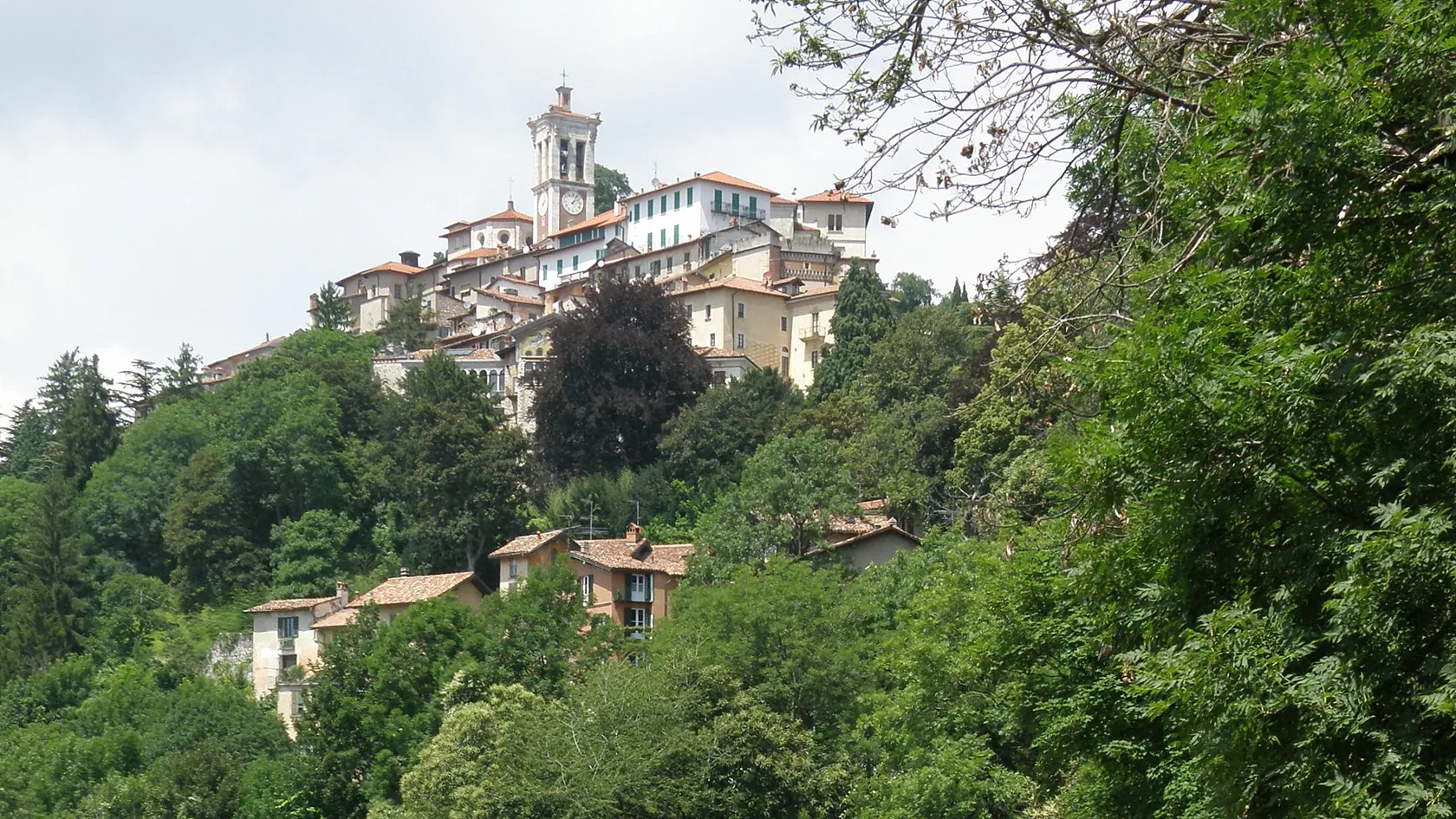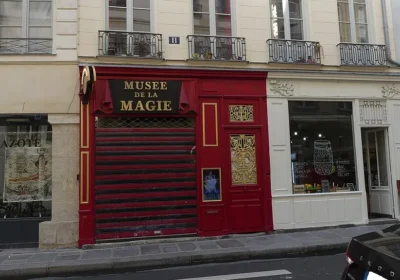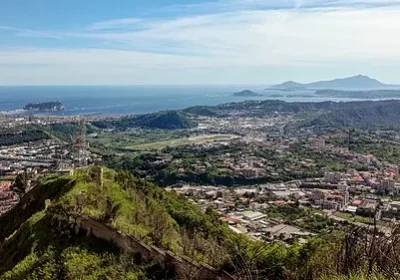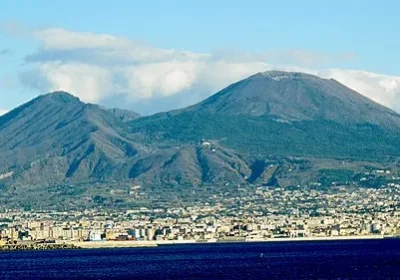The Holy Mountain of Varese: Sacro Monte Varese is a UNESCO World Heritage Site.
The Holy Mounts would appear in northern Italy in the 17th century.
Their mastermind, Archbishop Carlo Borromeo, would see the construction of the Holy Mounts as another way of fighting the hated Protestants.
We suggest you visit Sacro Monte Varese to walk the pilgrim’s way, see the chapels elegantly set on the mountainside and enjoy the enchanting nature.
It is quite difficult to walk uphill, so the best option is to go to the top of the Holy Mountain by car or funicular, admire the panorama, walk through the narrow cobbled streets of the upper town, perhaps have a coffee in one of the picturesque bars and from here start your descent down the mountain on foot.
Then you will find yourself in the town of Varese itself, the garden city.
Varese is built on seven hills, and there are seven lakes around the town, both large and small.
Varese is also known as a “garden city”: the municipality has a number of parks and gardens, most of which were once part of villas built between the 18th and early 20th centuries.
They were first built by aristocrats, and then by large entrepreneurs and representatives of the upper bourgeoisie, mainly of Milanese origin.
The history and culture of Varese date back to prehistoric times: the first settlements appeared here in the 5th millennium BC. Archaeologists have discovered the remains of piles in the vicinity of Lake Lago di Varese, on which, in all likelihood, dwellings were built. The ancient Romans, having colonized this territory, first built a military camp here, and then a city.
The north-west of Italy, where Varese is located, is an area that has been the scene of many historical events, which, of course, affected the town itself. In the Middle Ages Varese was an independent commune and in 1765 it became the personal property of Duke Francesco III d’Este, who had the palace of Palazzo Estense built here.
These are above all Christian churches and other buildings: the church of Santa Maria del Monte and the sacred Via Sacra road leading to it, the Basilica of San Vittore and the baptistery, the church of Sant’Antonio alla Motta, the church of San Giorgio a Biumo. The lakeshores and the neighbourhood of Varese are dotted with numerous villas.
In urban terms, the structure of Varese has one peculiarity: the old town has remained an independent element, separated from the suburbs (called “castellanze”). The vast countryside has been occupied since the 18th century by lovely villas surrounded by green gardens.
You can also indicate the sights you would like to visit.

















